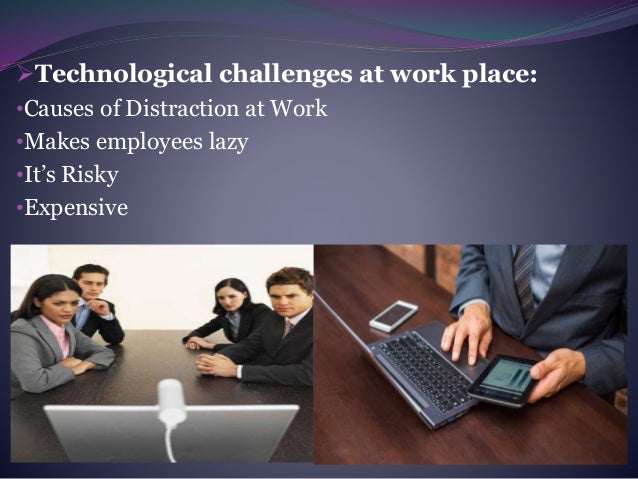

Some companies are adamant about the value of remote work while also being concerned about its effect on employee well-being. However, remote employees complain that it is difficult to feel connected to colleagues and manage work-life boundaries. A McKinsey analysis found that more than 20 percent of the workforce could work remotely three to five days a week as effectively as from an office. In fact, many companies have reported increased productivity. It has shown that remote work does not necessarily come at the cost of productivity. The overnight shift to remote work has been one of the most notable real-time social experiments of recent times. Others, such as a large financial company that is planning on having 60 desks per 100 employees, are rethinking their real-estate spend as they move to hybrid working models. For example, a large technology company recently announced some roles could remain remote indefinitely, allowing them to leverage talent from around the country. Already, we have seen many companies move to new geographies to tap new talent pools. Real-estate footprints of many organizations will also change significantly. Pre-pandemic cubicle setups may be a thing of the past, making way for areas of collaboration, innovation, and community-building. Since in-person work will look substantially different, organizations need to make sure that their physical space is in tune with the objectives of the people within it. The office of the future requires organizations to consider the altered footprint and layout that will emerge from a hybrid work model. Attempting to force a one-size-fits all solution can have detrimental effects on the workforce, particularly on women, people of lower socio-economic status, and people in less advanced economies.

More specifically, organizations that have clearly communicated post-COVID-19 work arrangements have seen a two-fold increase to employee-reported feelings of support, a three-fold increase to feelings of inclusion, and an almost five-fold increase to reported feelings of individual productivity. In a recent survey, we found that organizations that articulated more specific policies and approaches for the future workplace have seen employee well-being and productivity rise. Transparent and frequent communication, with managers playing a key role, can help ensure that the organization moves in unison. It falls on organizational leaders to chart the path for managers and employees.

The more important question: Which portion of the workforce needs to be present in the office, and when, and for what reason?Įmployees are craving clarity about what is coming next in terms of work arrangements. The post-pandemic outcome is clear: a hybrid work model in which part of the workforce works outside of the traditional office for part of the time. In particular, organizations must take three key actions.Įmbrace the hybrid model. Organizations must deliberately address the changes wrought by the pandemic and the rapid pace of technological investment to enable remote and flexible work. While the physical space still exists, the overall idea of what a workplace is and what it is for needs to be reimagined. June 21, 2021COVID-19 has changed the workplace as we have known it.


 0 kommentar(er)
0 kommentar(er)
